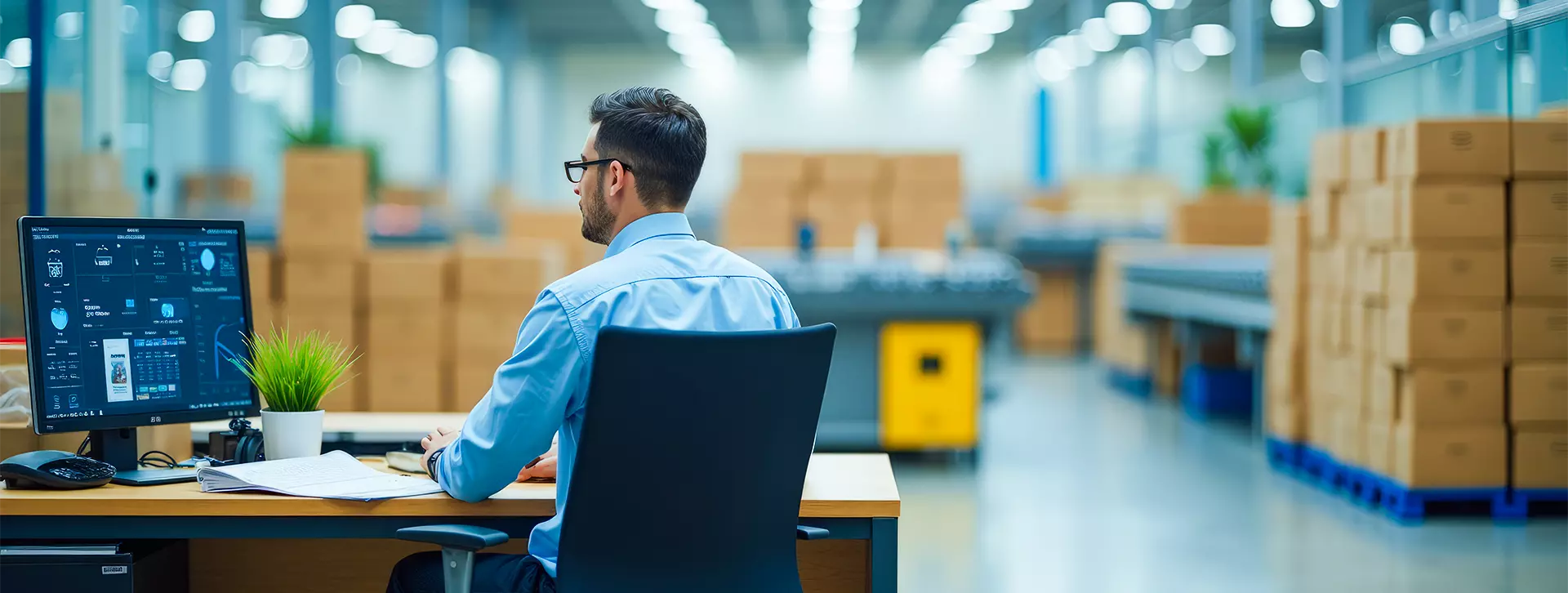
Customs clearance is one of the biggest challenges facing importers and exporters. In this article, we will explain the necessary steps and procedures to clear your shipment easily and smoothly without problems.
Customs clearance is a pivotal step in the process of international trade, serving as the official gateway through which goods must pass before entering or leaving a country.
A lack of full understanding of this process can lead to costly delays or even the confiscation of goods in some cases.
Therefore, every importer or exporter needs to be well-versed in customs laws and procedures to ensure that their operations proceed smoothly and legally.
1. What is customs clearance?
Customs clearance is the process through which customs documents are submitted, applicable duties on goods are paid, and official permission is obtained to import or export shipments from the country.
- Includes: verification of invoices, certificates of origin, packing lists, bills of lading, and any special permits.
- Objective: to ensure the legitimacy of the goods and verify the true value for taxes and customs duties.

2. Essential required documents
To ensure the shipment is cleared without delay, the following documents must be prepared accurately:
- Commercial Invoice
- Packing list.
- Bill of Lading (B/L) or Airway Bill (AWB)
- Certificate of Origin
- Import/Export License (if applicable).
- Additional documents depending on the type of goods (health certificates, agricultural certificates, etc.).
Tip: Make sure the data matches across all documents to avoid delays or fines.

3. Customs Duties and Taxes
Each shipment is subject to customs duties and Value Added Tax (VAT) or sales tax. These costs must be calculated accurately to avoid surprises.
- The fees depend on the type of goods according to the Harmonized System (HS) Code.
- There may be additional fees on certain products such as alcohol or electronics.
Note: You can check the fee amounts through official customs tariff schedules or clearance offices.

4. Dealing with the Customs Broker
Working with a professional customs broker can save you time, effort, and even money.
- Choose a customs broker who is certified and licensed by the customs authority in your country.
- Ask them about the specific procedures for the goods you are importing.
- Make sure they follow up on the shipment from arrival until delivery.
Tip: Avoid dealing with uncertified or inexperienced brokers, as this may expose your shipment to legal issues.

5. Fast Customs Clearance: How to Save Time?
To ensure your shipment is cleared as quickly as possible, follow these steps:
- Send the documents well in advance of the shipment's arrival.
- Contact the customs broker immediately after shipping.
- Choose a shipping company with experience in your country.
- Ensure the documents are 100% accurate.
Note: Some countries offer electronic clearance systems that significantly speed up the process.
Conclusion:
Customs clearance is not merely a routine procedure; it is one of the key elements to the success of any import or export operation.
Understand its regulations, prepare your documents accurately, and choose your partners carefully.
This way, you ensure your shipment passes smoothly and without obstacles, allowing you to launch your business from a position of strength and confidence.

